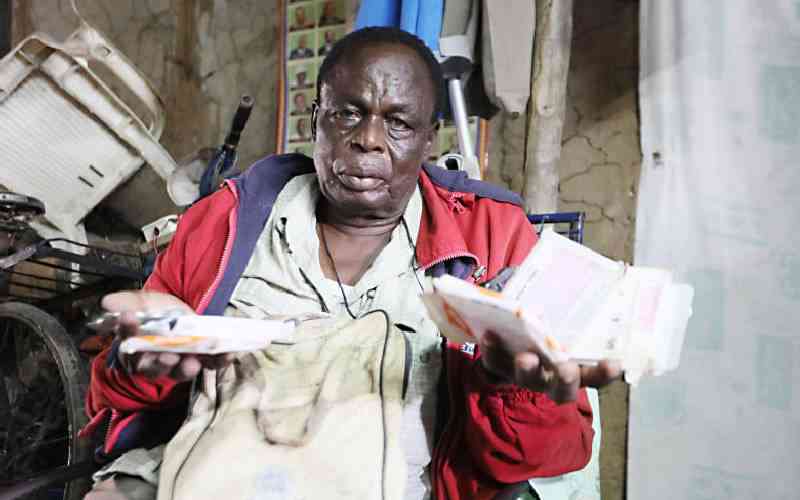×
The Standard e-Paper
Home To Bold Columnists

If it were not for Metal Refineries EPZ Limited's venture, perhaps Uhuru Owino residents would have quietly lived on their 13.5-acre land.
Uhuru Owino's story is that of a godsend that turned to haunt the fortunate and left them at the mercy of the slow wheels of justice.